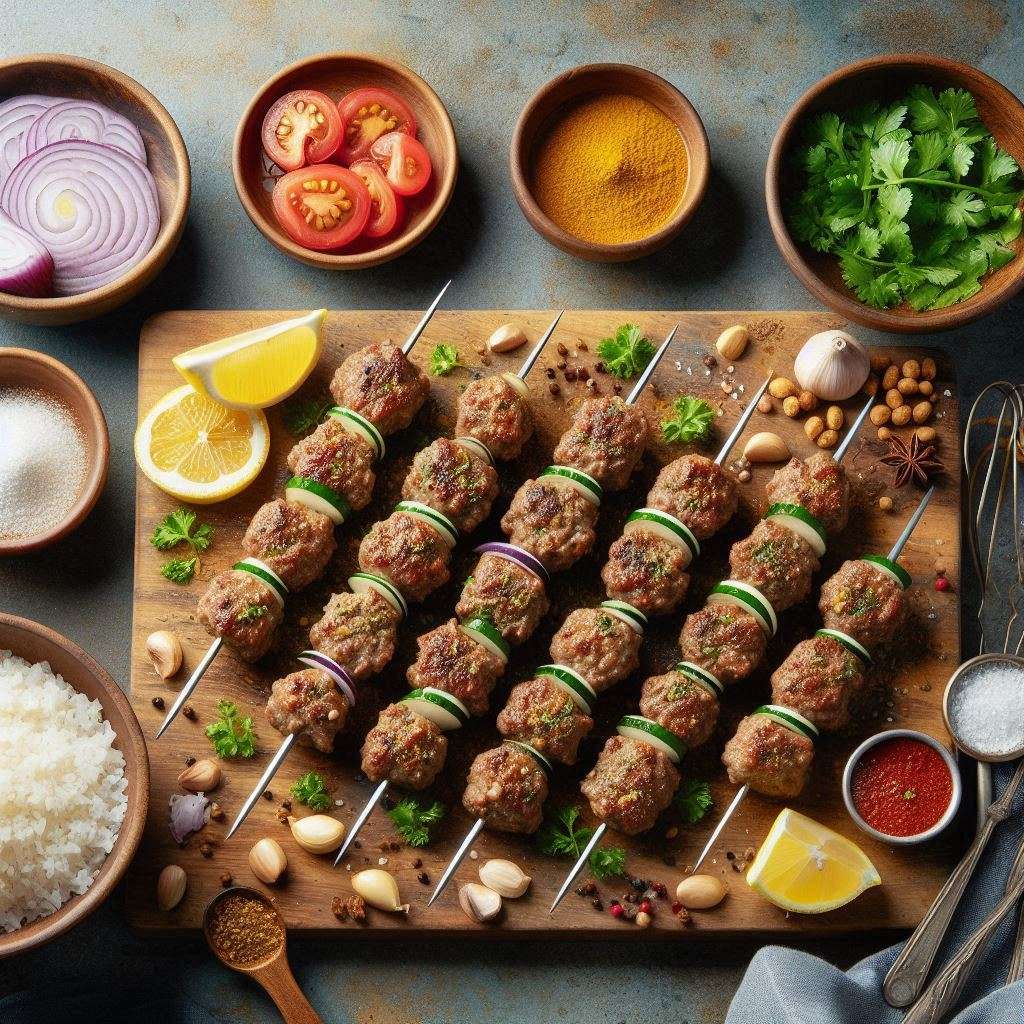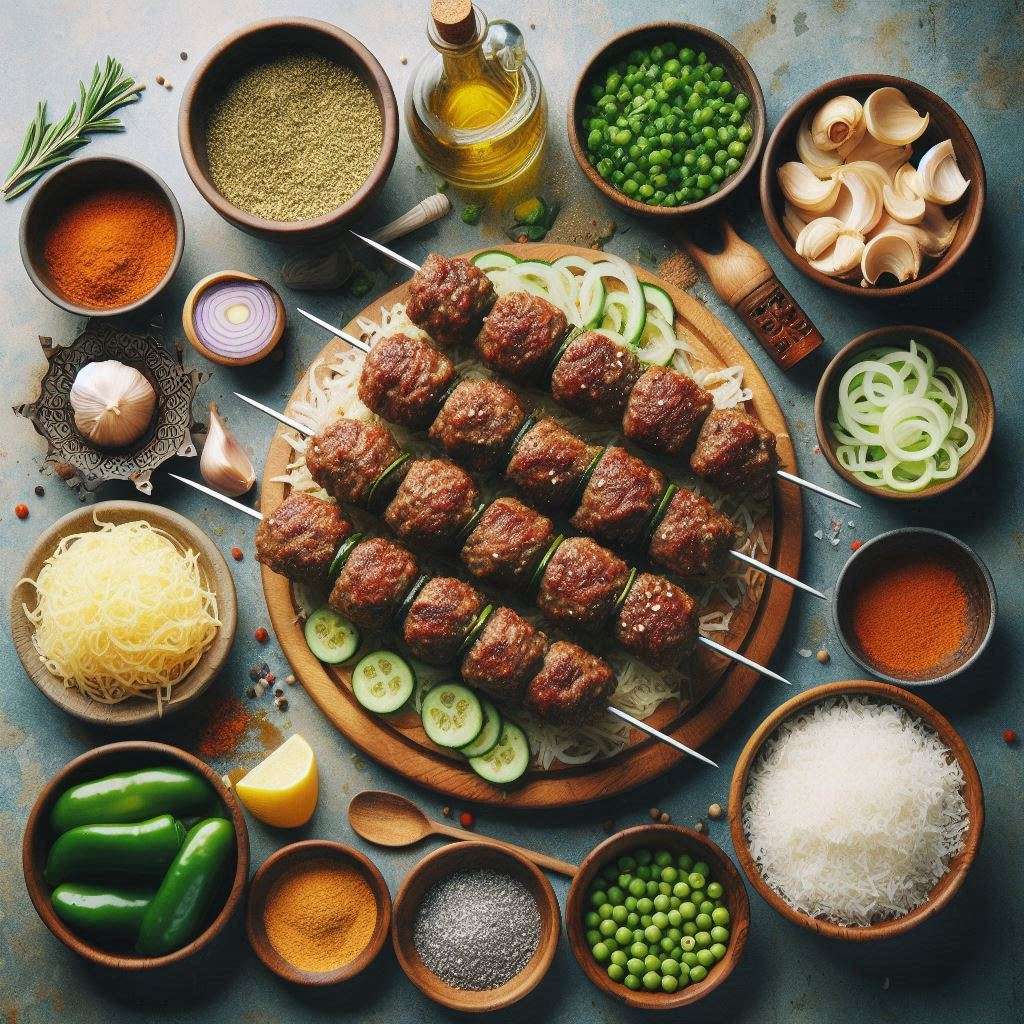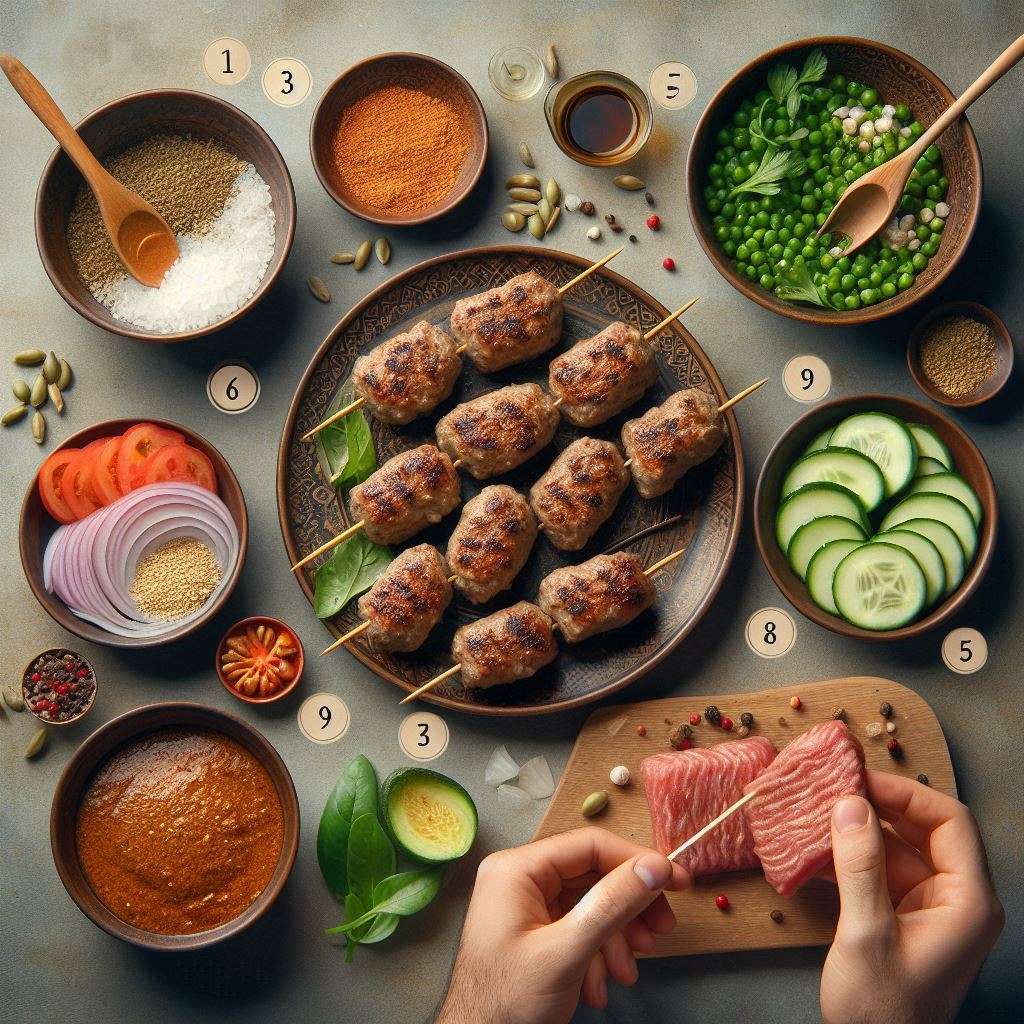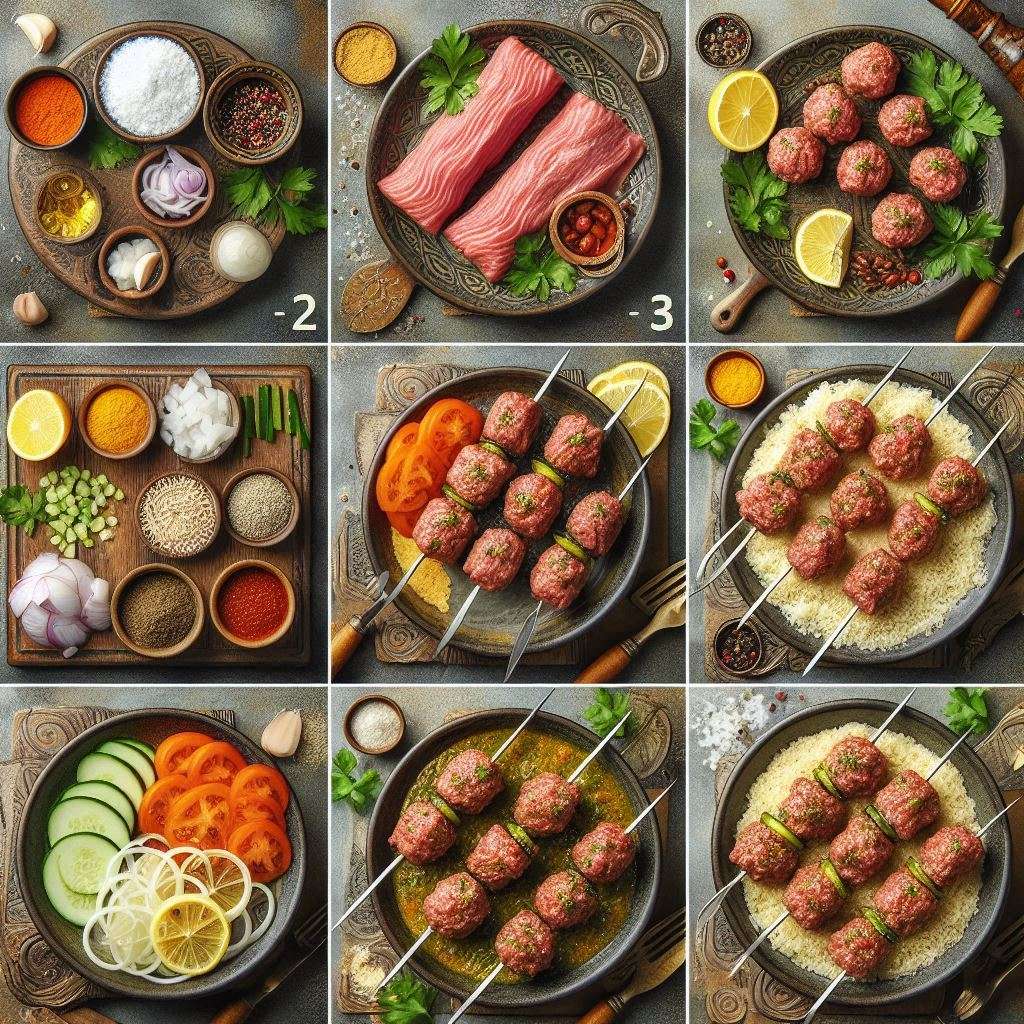Shami kabab recipe
Of all the delicious foods in South Asia, few foods capture people’s imagination and taste buds, such as shami kababs. These tasty and crispy patties on the outside and juicy on the inside have been on many’s plates and satisfying palates for generations. Instead, today, we will be walking you through the what, why, and how of the Shami kababs, step by step, starting from scratch and ending at your dining table. This easy-to-follow shami kabab recipe will help any food enthusiast create a mouth-watering, highly satisfying recipe for the entire household.

The origins of shami kabab
Allow us to discuss the background of Shami Kabab first before going directly to the recipe preparation. There are several stories about Shami kababs. Still, like many foods at the heart of modern-day Indian and Pakistani kitchens, they are thought to have been invented in the wake of the Mughal Empire, specifically in the royal kitchen. As for the origin of the ‘term’shami’, it was derived from the Fordham,’’ which means Syria, hinting at the Middle Eastern origin of this kind of bab. Various improvements were made in the recipe of shami kabab to create regional specialties in the Indian subcontinent separately as time passed.
Ingredients: What Goes Into a Shami Kabab of Perfection
To make a sensational shami kabab, you will have to use the following list of ingredients: Here’s what you’ll need for this shami kabab recipe:
- 500g of boneless mutton or beef, chopped into fine pieces
- 1 cup; split Bengal gram (chana dal)
- Two moderately large onions, chopped to the size of grains.
- 2-3 green chilies, chopped
- One tablespoon of ginger paste
- One tablespoon garlic paste
- Two teaspoons of cumin powder
- One teaspoon of coriander powder
- 1/2 teaspoon turmeric powder
- One teaspoon of red chili powder, only if the curry needs to be spicy.
- 1/4 teaspoon cinnamon powder
- 2-3 whole eggs, beaten
- Salt to taste
- Chopped green onions, or the leaves of the fresh coriander
- Stir-fry cooking requires 2-3 tablespoons of oil for shallow frying.
Recipe:
Our preparation process is almost done; now is the time to start preparing the actual shami kabab. This process is split into the following steps to ensure that the optimum texture and taste of the intended kababs are met.
Stage 1: The Meat and Lentil Base
- First, mince the meat and chana dal in a huge pot.
- Pour more water into the blend to about an inch of depth.
- As it begins to bubble, bring down the intensity and let the fixings cook for 30–40 minutes, or until the meat is delicate and the lentils are completely cooked.
- Place it in a colander to deplete any excess water, and let it cool for a couple of moments.
Stage 2: The administration of the shami kabab ought to have been done before by adding flavor to make it worth handling.
- Finally, add the cooked meat and lentil blend, onions, green chilies, ginger glue, and garlic glue to an enormous blending bowl.
- Add every one of the dry flavors: ground cumin, ground coriander, ground turmeric, bean stew powder, and cinnamon.
- Add the hacked new coriander leaves and the salt to your liking.
- Mix every one of the fixings in a bowl or with the assistance of a food processor and mix it well to get a homogeneous combination.
Stage 3: Readiness and Cookery of Your Shami Kababs
- Following this, you can utilize the whole combination or take a little amount of it and spread it out on a level board or table to make a level round plate with a span of 2-3 inches and a thickness of ¼ inch.
- It is suggested that this technique be finished on the excess combination.
- Place the oil in a non-stick skillet and heat it to medium.
- To coat each kabab, plunge it in the beaten egg and tenderly put it into the hot oil.
- It is expected to broil it for 2-3 minutes on each side or until it becomes firm and brilliant brown.
- From the dish, move to paper towel-lined plates to deplete the abundance oil.

Ways to Do Your Shami Kabab in the Right Manner
Texture is Key:
The texture of the shami kabab is critical and dictates the success of your recipe. The meat and lentils should be very soft so that they can easily stick to each other.
Spice it Right:
Adding the spices in small proportions is advisable, but you can add more after tasting. Much like the Amritsari fish, there may be variations in this particular shami kabab recipe, but the pleasant thing is that it can also be mild or hot.
Chill for Better Shaping:
If you are having trouble molding the kababs, putting the mixture in the refrigerator for half an hour may help. This will make it easy to manage and model.
Perfect Patties:
Remember to make the thickness of the kababs equal to each other to allow them to cook at the same rate. Its thickness should be approximately ½ an inch and be fine for most shami kabab recipes.
The Egg Wash:
Do not fail to apply the egg wash before frying the dough because it makes it crispy. It aids in forming that layer of crunch on the skin to give the shami kabab its fine finish.
Serving Suggestions
As you can now follow this shami kabab recipe, it is time to consider how this dish should be served. Conventional preparations of shami kababs are taken as a snack or starter and preferred with accompaniments like mint chutney or tamarind sauce. They also complement any main meal as best as possible when eaten with naan bread or rice. Also, placing the shami kababs in between slices of bread or wrapping them in bread in a more non-traditional way.
Delightful recipes that are made on the same pattern as Shami Kabab
I hope you found this conventional shami kabab recipe informative; however, do not equate it to the classic version. Some popular variations include:
Vegetarian Shami Kabab:
Add mashed lentils and finely chopped vegetables instead of the meat to make it a vegetarian dish.
Chicken Shami Kabab:
To make the shami kabab recipe lighter, replace the red meat with minced chicken.
Cheese-Stuffed Shami Kabab:
For a little fanciness, add a little piece of cheese in the Middle of your kababs and fry them.
Conclusion: ART OF SHAMI KABAB
In conclusion, on a tour through this Shami Kabab recipe, I call them not solely a dish but a feast of tastes and feelings and the best representation of the kitchen. When you make shami kabab using this easily understandable recipe, you prepare food and continue a tradition that has existed for more than three decades in another part of the world.

FAQs about Shami kabab recipe
Are shami kababs gluten-free?
The basic shami kabab is prepared without using wheat; food that contains gluten is, therefore, not part of the preparation. Still, it is good to note that you should always check your spice mixes to see if they contain gluten, and if preparing the gluten-free type, you should not use breadcrumbs as your binding agent.
For how long should I keep the cooked shami kababs?
Once the shami kababs are cooked, they should be stored in an airtight container in the refrigerator and can be consumed for up to 3–4 days. For added heat, place in a pan or microwave before serving.

gFwajviY